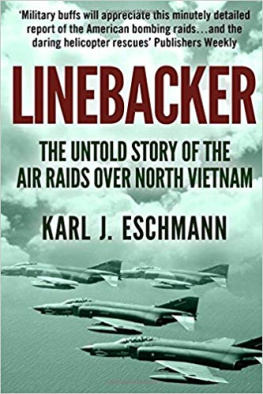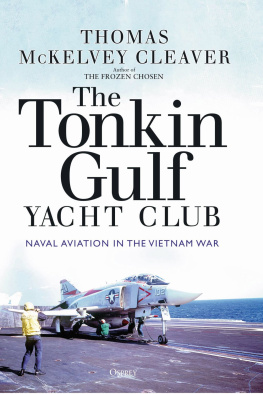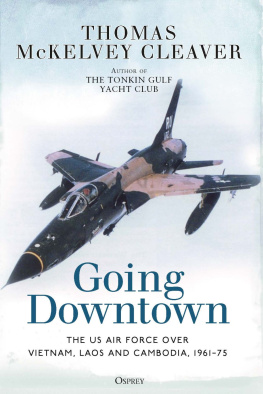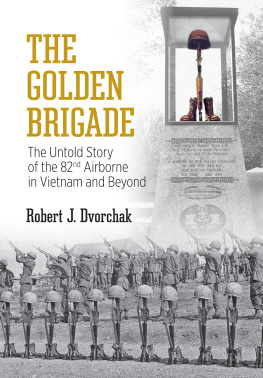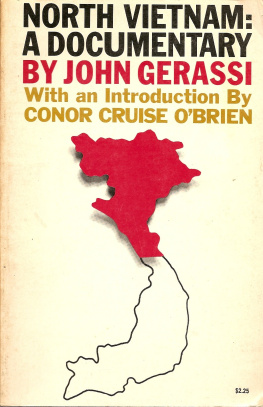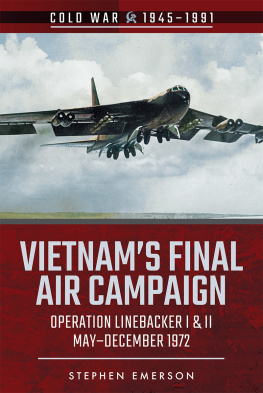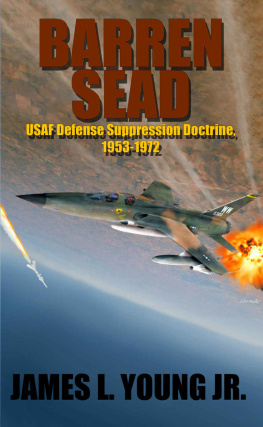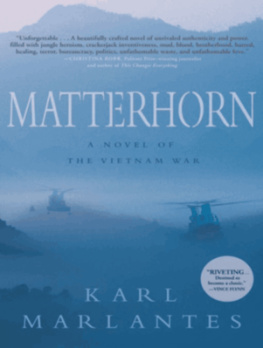LINEBACKER: The Untold Story of the Air Raids over North Vietnam
Karl J. Eschmann
Karl J. Eschmann 1989
Karl J. Eschmann has asserted his rights under the Copyright, Design and Patents Act, 1988, to be identified as the author of this work.
First published in 1989 by Ivy Books, Published by Ballantine Books, a division of Random House, Inc.
This edition published in 2017 by Endeavour Press Ltd.
Table of Contents
FOREWORD
The tremendous efforts expended by the people involved in the Linebacker air operations campaign showed the extent of the abilities of American military personnel when they are asked to support efforts of national importance. It only required the right reasons, a sense of dedication, and a Can Do! attitude. All were in good supply during Linebacker I & II in 1972. But the greatest reward for the men and women involved in the operations was the subsequent release of the U. S. prisoners of war and pride in having played a part for such an outcome.
This work is dedicated to the aircrews and those thousands of support personnel who worked the long shifts to keep the aircraft and weapons operationally ready. Their efforts were accomplished under stressful conditions along with shortages of manpower, spare parts, and experience. It is also dedicated to my friends and Texas Aggie schoolmates, First Lieutenant Ron W. Forrester, U. S. Marine Corps, who flew a mission over North Vietnam in a Marine A-6A on 27 December 1972, but never returned to base, and Major David W. Stephens, who was one of the finest USAF F-4 and F-15 fighter pilots before his tragic fatal plane accident in February 1988. It is also dedicated to my friend, USAF Colonel (Retired) George Bud Day, a Medal of Honor recipient and long held POW in North Vietnam, and a great American Patriot who died in 2013, and USAF Lieutenant Colonel (Retired) Robert Hymel, who survived a B-52 Crash in December 1972 during Linebacker II and was killed at his desk by the terrorist airliner crash into the Pentagon on 9/11, 2001.
A special thanks must go to my wife Charlotte, who typed the manuscript, my children, Stephanie and Stephen, and my parents, Karl and Inge, for giving me the family support I needed when I put this book together.
INTRODUCTION
Tactical Air (Tacair) is defined as an arm organized from [military flying] units charged with Tactical Air Operations. For those involved in planning or executing military operations, Tacair is a collective term for tactical aircraft fighters and fighter bombers employed in the operations. The history of Tacair is filled with accounts of successful missions flown under extremely difficult conditions. The contributions of the airmen who flew the Tacair missions in the Vietnam War reflect credit on this history, yet little has been published regarding Tacairs superb support for Linebacker B-52 strike forces flying against heavily defended targets in North Vietnam (NVN) at night, and Tacairs role in playing both the strike and support roles during the day.
In the airwar over North Vietnam, Tacair fighter aircraft such as the F-4 Phantoms, F-105 Thuds, and A-7 Corsairs were used more in a strategic than a tactical employment against targets in North Vietnam. Likewise, in a role reversal, non-Tacair aircraft such as Strategic Air Command B-52s were used almost exclusively as tactical weapons for interdiction and support of the ground battle in South Vietnam except in the Linebacker II offensive.
This book tells for the first time the untold story of both the Tacair and B-52 strategic-strike accomplishments during the most intensive air operations conducted against North Vietnam during the war.
*
The significance of Linebacker II was summarized by a Headquarters, Pacific Air Force (PACAF) report which described the unique aspects of the offensive:
Linebacker II represented an air campaign unique to the war in Southeast Asia (SEA). Its short duration with specific objectives and reduced operational restrictions provided the U.S. Air Force with an excellent opportunity to demonstrate the totality of its strike capability. During the twelve-day period, 18 to 29 December 1972, U.S. Air Force Tacair and B-52s flew almost half as many sorties in the northern areas of North Vietnam as were flown during the active previous six months of Linebacker I. The use of B-52s in large numbers was unprecedented, and the large-scale attacks on targets within ten nautical miles of Hanoi represented a dynamic change in the employment of air resources. Whereas Linebacker I was an interdiction campaign directed primarily at the North Vietnamese supply system, Linebacker II was aimed at sustaining maximum pressure through destruction of major target complexes in the vicinity of Hanoi and Haiphong.
*
Although the focus of this book will be on air activities within the Route Pack Six sector of North Vietnam (see Figure 3), the operational area must be viewed in broader terms. Forces engaged in air operations over NVN originated from staging bases in Thailand, South Vietnam (SVN), and Guam, and from Navy carriers off the coast. Linebacker operations were begun early in May 1972 and included air strikes above the 20th Parallel in NVN. The original campaign, named Linebacker I, was started in response to the North Vietnamese invasion across the demilitarized zone (DMZ) into South Vietnam, which began in March 1972. With continuing interdiction missions being flown over NVN, SVN, and Laos, the situation had stabilized in the fall of 1972. Significant bomb damage was inflicted by U.S. air power, but the enemys supply effort was not completely stopped; the strikes had blunted large-scale enemy activity and greatly diminished the severity of the offensive.
Linebacker I had excellent but temporary results. The concentrated use of basically tactical aircraft over NVN combined with the mining of Haiphong harbor had been aimed at reducing resupply of NVN from other countries, destroying internal stockpiles, and reducing the supply flow to the battle areas in the south. At least partially due to the air effort, the NVN offensive stalled and substantial proposals for negotiations were received from the North Vietnamese. In response, in October 1972, the U.S. bombing efforts were again restricted to targets in southern NVN, below the 20th Parallel, in an attempt to interdict the flow of enemy supplies into the south. The reduced effort was maintained through November and into December in anticipation of a ceasefire.
However, by mid-December it became obvious that peace was not really at hand. North Vietnam was using the bombing lull to restore its capability to carry the war to the south, further endangering the remaining 24,000 U.S. troops in Vietnam as well as the government of SVN. Furthermore, U.S. prisoners of war were still imprisoned, negotiations were at an impasse, and in the United States the activities of antiwar groups had not ceased. Delay in reaffirming U.S. resolve could only allow the situation to deteriorate further. Therefore, on 18 December 1972, following the unsuccessful peace negotiations and intelligence reports of continued NVN infiltration into SVN, President Nixon ordered the resumption of air attacks above the 20th Parallel.
The main difference between Linebacker II and previous air offensives was that for the first time in the air war it provided for around-the-clock air attacks against the North Vietnamese homeland. The operations intent was to maintain a massive effort to strangle the North Vietnamese war-waging capabilities by shutting down the sources of their supply pipelines. The new offensive was also meant to provide the North Vietnamese with an incentive to return to the negotiating table. The attacks were primarily targeted against electrical power and broadcast stations, railways and rail yards, and port and storage facilities around Hanoi and Haiphong. The USAF daily attacks were divided into two distinct, highly compressed operations: a daylight force comprised solely of Tacair F-4 and A-7 tactical-strike aircraft, and a night-time force that incorporated F-111 strikes with B-52 sorties. The adverse weather conditions due to the monsoon season called for the use of B-52s and F-111s with their all-weather strike capabilities. These sorties were scheduled at night to prevent the use of optical or visual devices by the enemy SAM site crews and to reduce the effectiveness of MIG fighter interceptor attacks.

